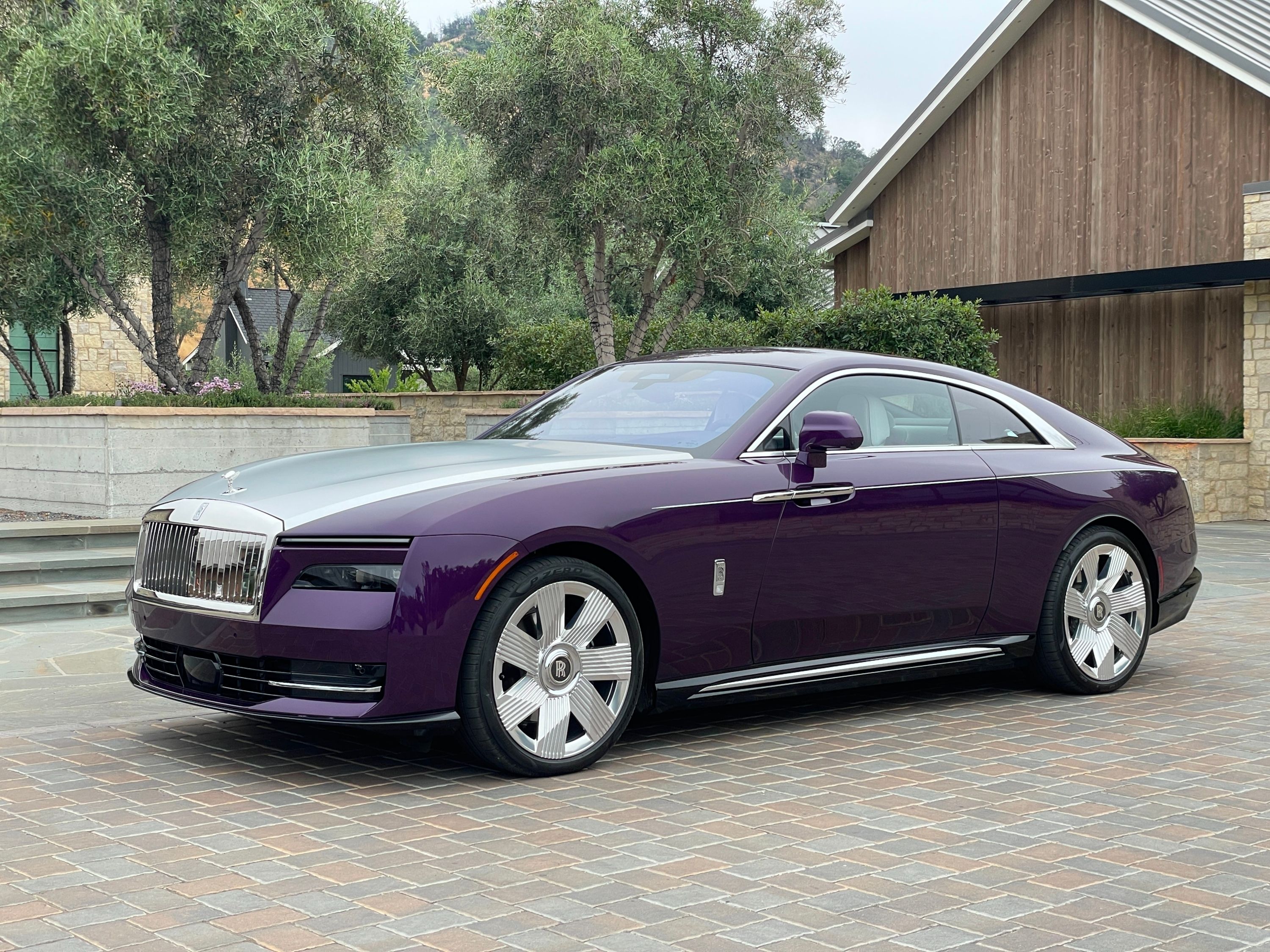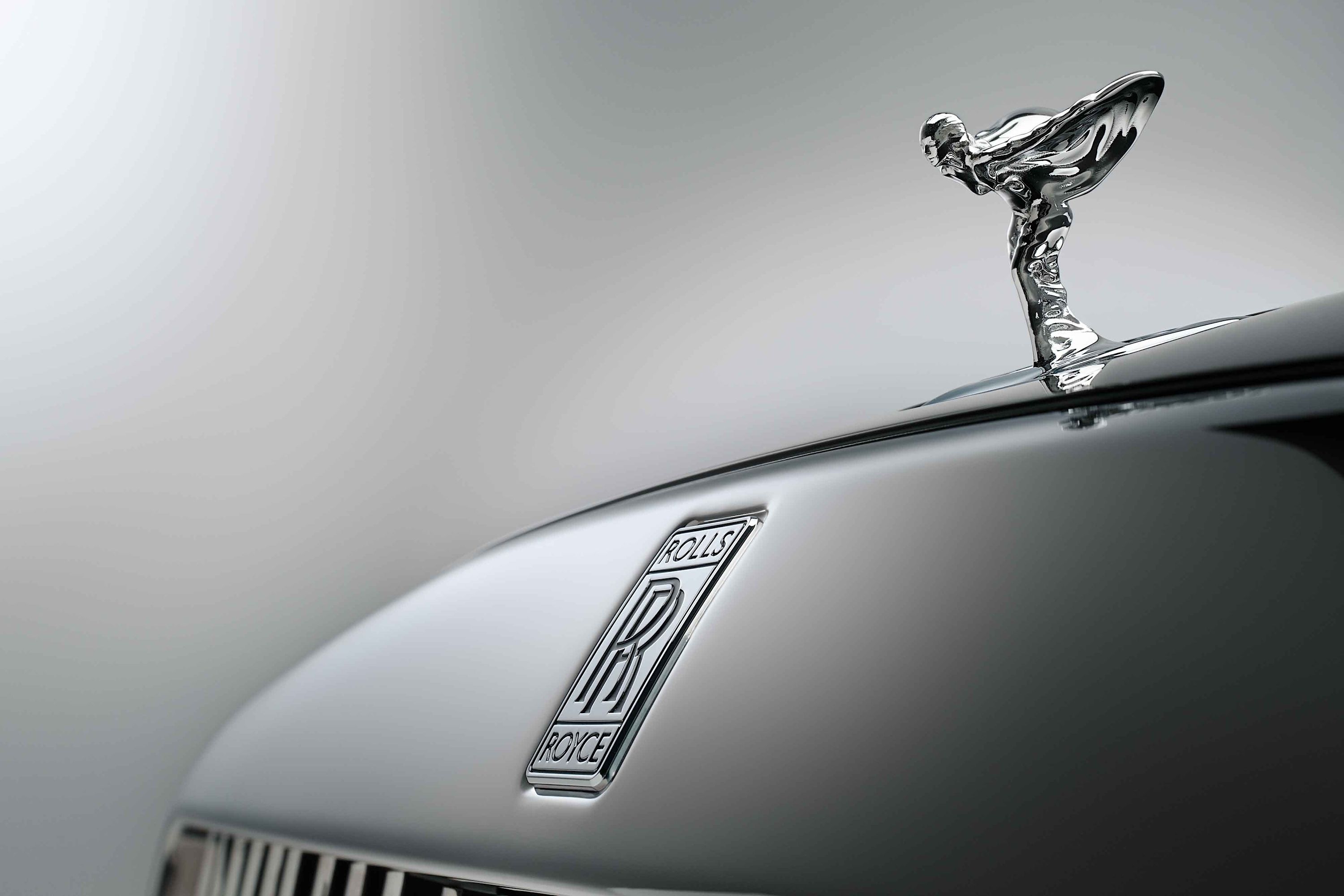
Rolls-Royce's famous six-and-three-quarters twin-turbocharged V12 is living on borrowed time and will be dead by 2030. In a recent interview with Car UK, Rolls-Royce CEO Torsten Muller-Otvos confirmed that all new cars from the marque would be electric. Get ready to scratch one more automaker off the list of those who still produce V12s. But it's not all doom and gloom, as he confirmed that existing models will still be sold with the V12 for several years.
Before going on a rant about all things going electric, remember that most readers are likely not Rolls-Royce owners. Being such a niche manufacturer, Rolls has a unique relationship with its relatively small customer base. "We lead because we listen. We listen to our clients, people with whom we have a very special relationship," said Otvos. Because of this close connection, it knew that many of its customers already had electric vehicles. And because there was no high-end EV before the Rolls-Royce Spectre came along, a gap needed filling.
For proof, look no further than Rolls-Royce's bulging order book for the Spectre. The first run is already sold out, and customers who put their names down now will have to wait a year for their car. Before the car was launched, Rolls had hundreds of orders, and it's considering ramping up production to meet demand.
Rolls-Royce is already in the process of applying for a major expansion at the famous Goodwood Estate factory. Rolls-Royce needs additional room to meet the rise in custom orders and space for more engineers and logistics. This expansion will mainly be for the Spectre, as the current Cullinan, Ghost, and Phantom only have seven years to live.
Will customers miss the V12 engine? The answer is no, according to Otvos. Expect the design to stay the same for a while, however. "The guiding light is Rolls-Royce first, electric second. That's why we also decided to go with classical Rolls-Royce proportions. It needs to look like a Rolls-Royce: monolithic, great stature, it carries proudly the pantheon grille," said Otvos.
As CarBuzz has said many times before, electricity is the perfect power source for high-end luxury vehicles. "Electric is the future. It will happen. I also think it fits perfectly with the brand. We don't have any problems with roaring engines," said Otvos.
If you've ever driven a Rolls-Royce, you'll know there's no hint that a 6.75-liter twin-turbo V12 engine is propelling you along. The British brand has spent more than 100 years trying to get its cabins as quiet and vibration-free as possible. An EV motor takes care of both those problems and provides loads of low-down torque, which is precisely what you want in a car like this.
We think this is the main reason the Spectre's power output is relatively modest. You don't need a two-second 0-60 mph time. That feeling of effortless torque is way more important.
Otvos also confirmed that all future models would be built on the Spectre platform. "This architecture is the architecture for all future Rolls-Royces. They might see very different technologies, they might see different shapes. That is the charm of spaceframe - it's easier to build up different body types," said Otvos.
Rolls-Royce is also not bothered about range. Rolls-Royce owners tend to live in the city, and their journeys are short. Think about the average customer for a second. According to Rolls-Royce's latest sales figures, customers spend an average of $500,000 on a car. They likely have a collection of vehicles for every occasion if they have that kind of money. If the Spectre's 260-mile range is not enough, you use the Phantom. Or, more likely, the family helicopter.
Public charging isn't a problem because Spectre owners will likely never use it. If you can pay $500k for a car, you can afford a home and office charger. And a private power station.

